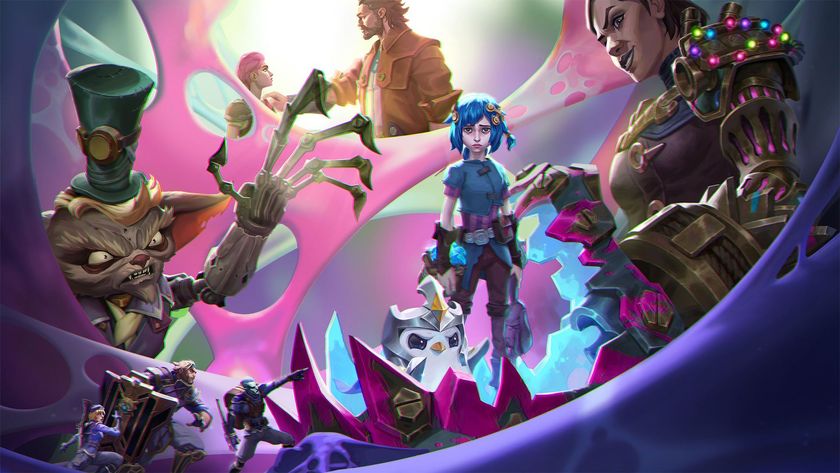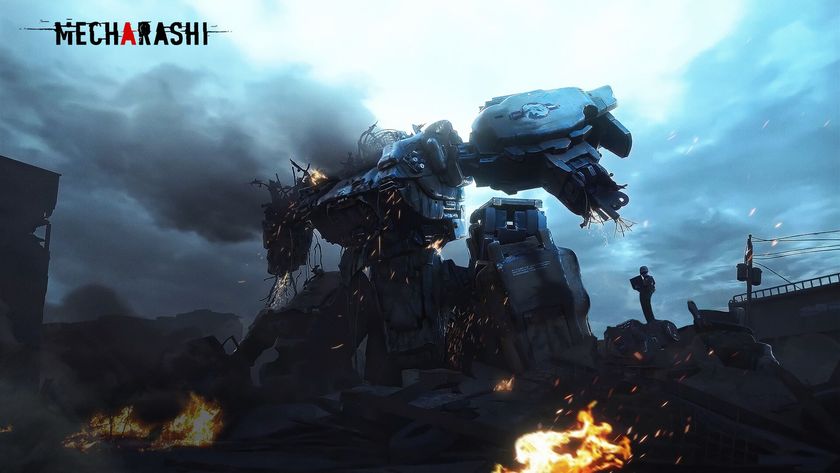Hands-on with Skulls of the Shogun
A tactical, turn-based strategy game designed to be enjoyed with beer
How exactly can a turn-based strategy game in the vein of Advance Wars and Final Fantasy Tactics be intended as a party game? First off, developers Haunted Temple Studios want you to know that they mean “party” in a sense far removed from the sad titles choking shelves today with covers depicting frozen-grinning immaculate families enjoying wholesome fun time together. Skulls of the Shogun aims to be more of a “kick back with friends and a few beers” kind of party game.
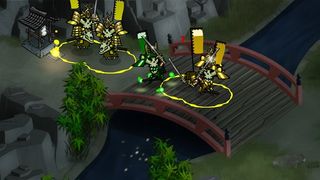
In an odd way, it makes perfect sense. With the turn based nature of it, how else do you have a more compartmentalized way to take a swig of brew between lopping off undead samurai heads? See, SotS has a weird little story to serve as backdrop for the single-player campaign and head-to-head battles it plans to serve up in relaxing, bite-sized chunks. The premise begins with a samurai betrayed by his allies and sent to the afterlife, where the fight for justice continues with armies of skeletal samurai duking it out across ghostly battlefields in feudal Japanese style.
You’ll start out with small squads of troops – say, a couple of soldiers, archers, and cavalry. The standard victory condition is to kill your rival’s general, who is a formidable fighter on his own. In a freeing twist, there is no battle grid – units simply have a radius in which they can move on their turn, so you can fine-tune your positioning, and formations aren’t restricted to a few squares. Each army needs to “haunt” resource patches on the field, including rice (allows you to buy reinforcements) and shrines (which grant access to a fox-headed healer unit).
It will be important to think out every attack command because troops enter a “ready” state where they raise their weapon, which means if you attack them, they’ll counter-attack. It’s also possible to form a spirit wall, which makes units adjacent to each other form an impassable barrier, so you can block off chokepoints or protect vulnerable units.
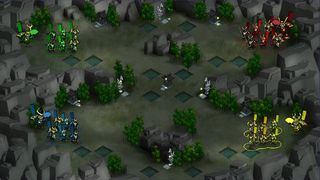
A huge factor in determining an army’s might is the proper collection and distribution of skulls. When a unit dies, it leaves behind a skull. The opposing player can have a unit eat the skull, granting bonuses and unique powers based on the unit type. A unit can collect up to three skulls, so you have to decide whether to spread skulls around or stack them up. It may turn out that stacking is always the best choice, because if a unit gathers three skulls, it transforms into a demon and becomes considerably more badass. In the game we played, we ultimately defeated our opponent by creating a demon and sneaking it around to block off the enemy general, and the demon’s ability to attack twice in one turn made short work of the normally imposing leader of the army.
The game feeds its party atmosphere with the hybrid menacing/cute visuals, and we’re betting it will be amusing to watch your tiny skull-faced samurai chopping up your friend’s fighters. It also aims to make social play as easy as possible, with co-op battles, drop-in/drop-out game joining, and chaotic four-player matches where each army can form an impromptu alliance to conquer opponents.
Initially, we found the controls confusing to wrap our brains around the unconventional approach of having the left stick move units while the right stick selects them. However, once we got the hang of it we could tell it’s an improvement on the standard “select unit, select square to move to” system. Moving the unit physically yourself adds a level of involvement that made us feel more “on the battlefield” instead of just looking down on it, and we can tell that once players get the knack of the twin-stick controls, battles will happen quite rapidly, meaning you won’t have to wait forever for your opponent to finish his moves, unless he’s a newbie or a bit too far along in those beers.
Sign up to the 12DOVE Newsletter
Weekly digests, tales from the communities you love, and more
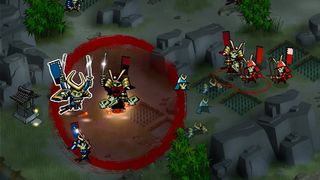
Skulls of the Shogun is aiming to hit XBLA and PSN early next year at around 15 bucks. Will it succeed in carving an unexpected niche as a Party Strategy Game? We’ll have to wait and see.
Jul 14, 2010

